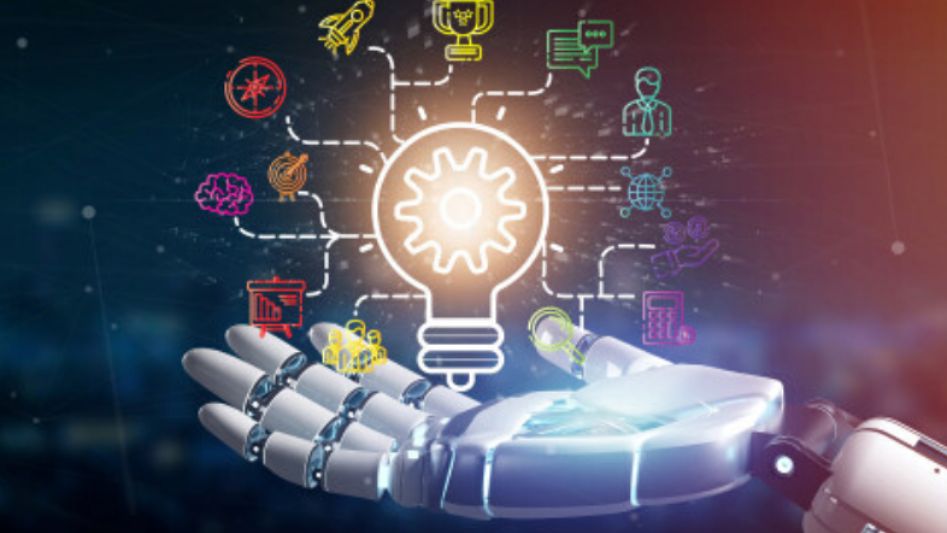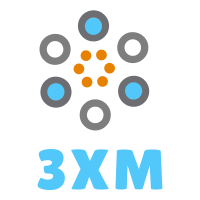Predictive analytics, powered by artificial intelligence (AI), is transforming the way businesses and organizations make decisions. With the ability to analyze vast amounts of data and identify patterns, predictive analytics enables decision-makers to make informed choices and anticipate future outcomes. In this article, we will explore the power of predictive analytics and how AI can help you make better decisions.
Table of Contents:
We invite you to read: “THE TOP 10 AI STARTUPS TO WATCH IN 2023”

What is Predictive Analytics?
Predictive analytics is the practice of using data, statistical algorithms, and machine learning techniques to identify the likelihood of future outcomes based on historical data. By analyzing patterns and trends in data, predictive analytics can provide insight into what is likely to happen in the future.
The Power of Predictive Analytics
Predictive analytics offers several benefits, including:
Improved decision-making: Predictive analytics can provide decision-makers with the insights they need to make informed choices. By analyzing data and identifying patterns, decision-makers can anticipate future outcomes and make strategic decisions accordingly.
Increased efficiency: Predictive analytics can automate certain tasks, such as data analysis and reporting, which can free up time for decision-makers to focus on more critical tasks.
Cost savings: Predictive analytics can help organizations identify areas where costs can be reduced or optimized, leading to significant cost savings.
Improved customer experience: Predictive analytics can help organizations anticipate customer needs and preferences, leading to a more personalized customer experience.
How AI Can Help
AI is the driving force behind predictive analytics. Machine learning algorithms can analyze vast amounts of data and identify patterns that would be impossible for humans to detect. By using AI-powered predictive analytics, organizations can gain insights that can lead to better decision-making, increased efficiency, cost savings, and improved customer experience.
We invite you to read: “THE ETHICS OF AI: BALANCING INNOVATION WITH RESPONSIBILITY”

Applications of Predictive Analytics
Predictive analytics can be applied to various industries and use cases, including:
Finance: Predictive analytics can be used to detect fraud, assess credit risk, and optimize financial portfolios.
Healthcare: Predictive analytics can be used to identify patients at risk of certain diseases, optimize treatment plans, and reduce hospital readmissions.
Retail: Predictive analytics can be used to anticipate customer preferences, optimize pricing, and improve inventory management.
Manufacturing: Predictive analytics can be used to optimize production processes, reduce downtime, and improve product quality.
We invite you to read: “HOW AI IS REVOLUTIONIZING HEALTHCARE: THE POTENTIAL OF DEEP LEARNING”

Conclusion
Predictive analytics, powered by AI, is transforming the way organizations make decisions. By analyzing vast amounts of data and identifying patterns, predictive analytics can provide decision-makers with the insights they need to make informed choices and anticipate future outcomes. The benefits of predictive analytics include improved decision-making, increased efficiency, cost savings, and improved customer experience. As AI continues to evolve, predictive analytics will only become more powerful, leading to even more significant advancements in decision-making.
FAQ
How does predictive analytics differ from traditional analytics?
Traditional analytics involves analyzing historical data to gain insights into past performance, while predictive analytics uses historical data to identify patterns and predict future outcomes.
Can predictive analytics be used for small businesses?
Yes, predictive analytics can be used by small businesses to gain insights into customer behavior, optimize pricing, and improve inventory management, among other applications.
What skills are required for working with predictive analytics?
Working with predictive analytics requires skills in data analysis, statistics, and machine learning. Knowledge of programming languages such as Python or R is also helpful.
What are some common challenges with implementing predictive analytics?
Common challenges include finding high-quality data, dealing with data that is incomplete or biased, and ensuring that predictions are accurate and reliable.
You May Also Like
- HOW CAN AI SUPPORT DIVERSITY, EQUITY, AND INCLUSION?
- THE EVOLUTION OF ARTIFICIAL INTELLIGENCE: PAST, PRESENT & FUTURE
- 5 AI APPLICATIONS IN CHEMISTRY & ITS OUTCOMES
- 5 AI APPS THAT WILL CHANGE IN DAILY LIFE
- THE FUTURE OF ARTIFICIAL INTELLIGENCE: THINGS TO EXPECT AFTER 10 YEARS


Recent Comments